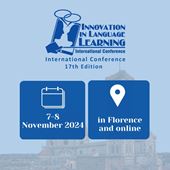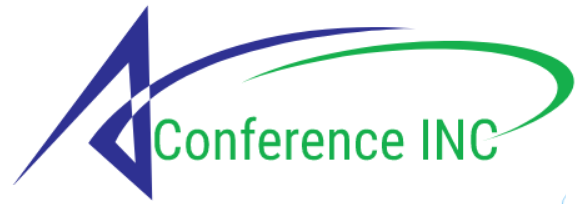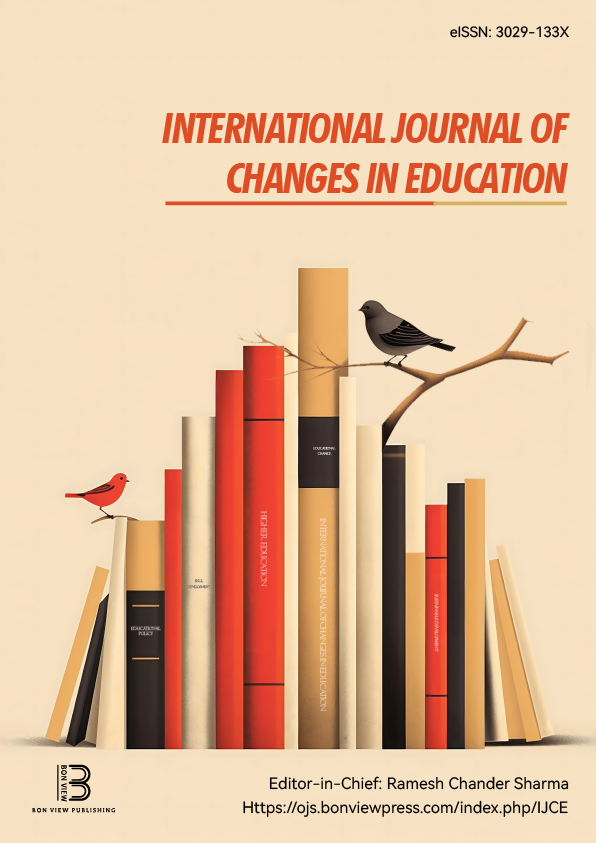On the Advantages and Disadvantages of Using a Flipped Classroom Learning Model for Teaching Higher Mathematics at Technical Universities
Ilona Dzenite, Riga Technical University (Latvia)
Elena Ligere, Riga Technical University (Latvia)
Sarmite Cernajeva, Riga Technical University (Latvia)
Abstract
A flipped classroom learning model has recently been attracting much attention, as it increases students' involvement in the learning process and improves the interaction between the educator and students. This model uses technology to make study content more accessible, to encourage students’ in-depth learning of the material, and to develop students’ critical thinking. The flipped classroom is a teaching model that flips traditional on-site lectures and at-home mastered lecture homework. In other words, it switches what is done on-site and what is done at home, in the traditional learning model. At university level, this model means that instead of attending lectures conducted by a professor in an auditorium, students are provided with video lectures, presentations and other necessary online materials, which students should master before the on-site meeting in class. Various publications write about the use of the flipped classroom model for teaching different disciplines at school and in higher education (e.g., [1], [2]). The present paper provides research on the pros and cons of using the flipped classroom model for teaching higher mathematics to engineering students at technical universities. This qualitative and quantitative research is based on the opinions of surveyed students, the teaching experience of mathematics professors and an overview of the relevant literature. Using Google Forms, the students’ survey was provided for the 1st year engineering students enrolled on the course “Higher Mathematics” and for the 2nd year students enrolled on the course “Supplementary Mathematics” at Riga Technical University.
|
Keywords |
flipped classroom, mathematics, engineering higher education |
|
REFERENCES |
[1] F. Shaari, I.F. Kamsin, “Flipped Classroom for Matriculation: Are Students and Teachers Ready?”, International Journal of Academic Research in Bussiness and Social Sciences, vol.14, Issue 8, E-ISSN: 2222-6990, pp.604-615, 2024, DOI:10.6007/IJARBSS/v14-i8/22427. [2] L.R. Murillo-Zamoranoa, J.Á.L. Sáncheza, A.L. Godoy-Caballerob, “How the flipped classroom affects knowledge, skills, and engagement in higher education: Effects on students' satisfaction”, Elsevier, Computers & Education, vol.141, 2019, https://doi.org/10.1016/j.compedu.2019.103608. |
 New Perspectives in Science Education
New Perspectives in Science Education


























